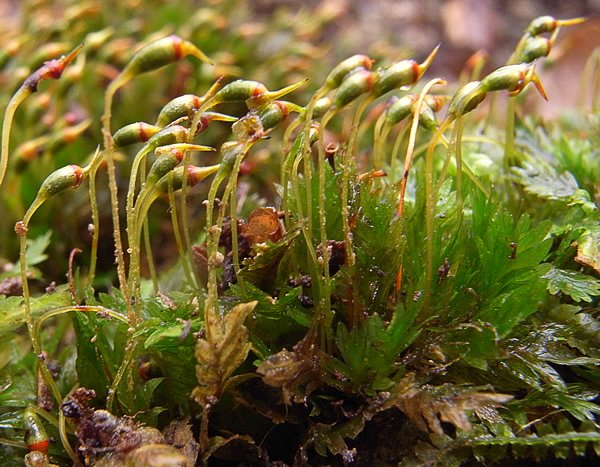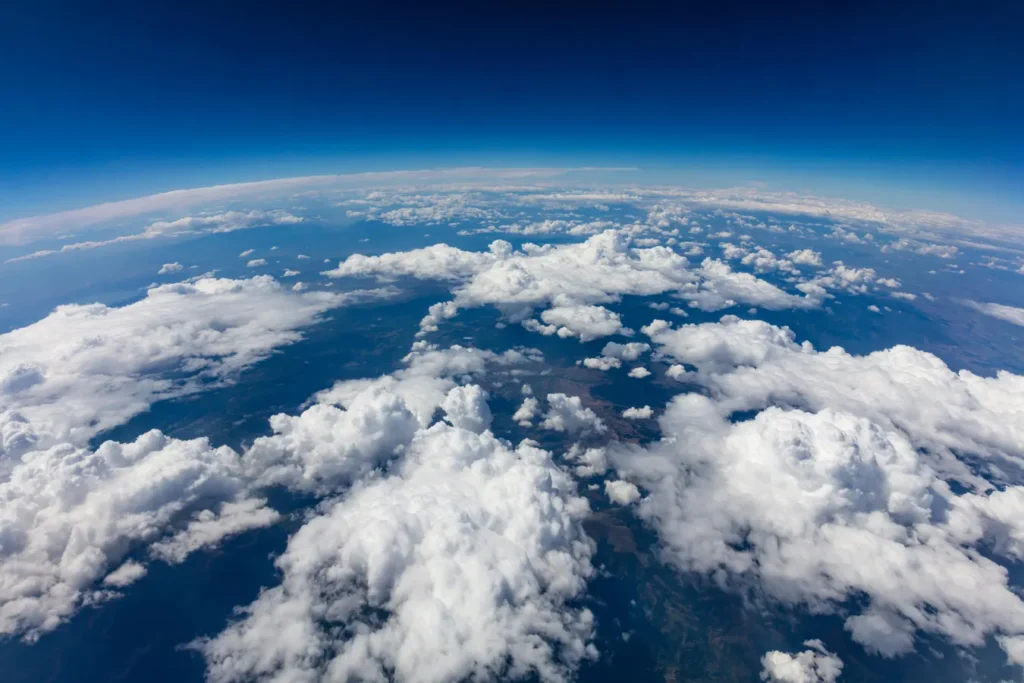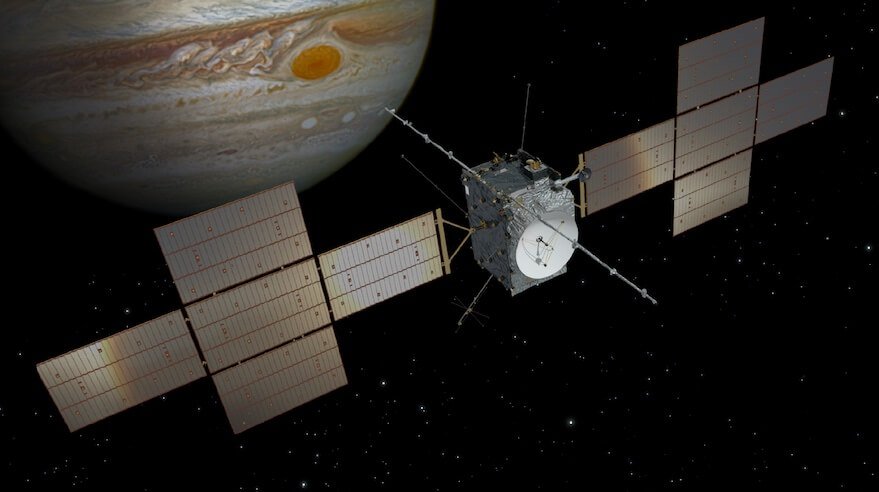Cloud Microbes Impact Life Above the Earth

High above our heads, in the seemingly sterile domain of clouds, an invisible world thrives. Trillions of microbes—including bacteria, fungi, viruses, and algae—ride air currents across the globe, forming an aerobiome that profoundly influences our weather systems, ecosystems, and even human health. Recent research highlights the cloud microbes impact on these systems, showing they do much more than float: they eat, grow, and even shape the climate in remarkable ways.
The Cloud Microbes Impact: A Hidden Ecosystem in the Sky
Clouds, long admired for their beauty and power, conceal an extraordinary truth: they are floating ecosystems teeming with microscopic life. The concept of an airborne biome, or aerobiome, dates back to Louis Pasteur’s 19th-century experiments capturing airborne germs. However, only in the past few decades have scientists developed the tools to fully explore this atmospheric frontier. Today, high-altitude drones and DNA sequencing technologies allow researchers to map this biological network with unprecedented detail.
How Cloud Microbes Reach the Sky and Influence the Atmosphere

The journey of microbes into the atmosphere begins on the Earth’s surface. Ocean waves, crashing against the shore, release airborne droplets filled with bacteria, algae, and viruses. On land, winds lift soil particles and microbes, while evaporating moisture in forests draws up additional microscopic life. Wildfires, too, create powerful updrafts that launch organisms skyward. Some species have evolved specialized structures—like moss spore pouches or fungal spore cannons—to deliberately enter the sky.
The Resilient Travelers of the Atmosphere
Airborne microbes must survive harsh conditions—ultraviolet radiation, extreme temperatures, and desiccation. Fungi, for example, boast spores capable of surviving up to 20 km above sea level, shielded by hardy shells. Researchers estimate that over one trillion trillion bacterial cells, along with 50 million tonnes of fungal spores, become airborne each year, often traveling vast distances before settling back to Earth.
Cloud Microbes Impact: Discoveries from the Summit of Puy de Dôme
France’s Puy de Dôme volcano has emerged as a key observation post in this field. Regularly shrouded in clouds, it allows scientists like Pierre Amato from the University of Clermont Auvergne to capture airborne microbes directly from cloud masses. Amato’s team has identified over 28,000 bacterial species and 2,600 fungal species in these high-altitude droplets—some familiar, many entirely new to science.
Cloud Microbes: Survival and Growth

Contrary to earlier beliefs, clouds may be nurturing environments for certain microbes. Trapped in isolated droplets, microbes experience less competition for resources. Amato’s research reveals that microbial cells in clouds are often metabolically active. By comparing RNA and DNA ratios in cloud samples versus clear-air samples, his team discovered evidence that bacteria are not only surviving but growing in clouds.
Feeding on Clouds: Microbial Metabolism in the Atmosphere
Certain bacteria, like Methylobacterium, harness sunlight to break down organic compounds inside cloud droplets, essentially feeding on clouds. These bacteria collectively decompose an estimated one million tons of organic carbon in the atmosphere annually. This metabolic activity plays a crucial role in cloud chemistry and underscores the cloud microbes’ impact on environmental processes.
Cloud Microbes and Weather Modification
Microbes also contribute to weather patterns by aiding in precipitation. Water vapor needs particles to condense into raindrops or snowflakes, and biological particles like fungal spores and bacteria often serve this role. Among the most effective is Pseudomonas, a bacterium capable of catalyzing ice formation. Their presence can trigger rainfall, forging a fascinating link between terrestrial ecosystems and atmospheric phenomena.
A Natural Cycle of Cloud Seeding and Rainfall
There is speculation that plants may benefit from cloud-seeding bacteria like Pseudomonas. These bacteria, lifted from leaves by wind, ascend into clouds and help trigger rain. That rain nourishes the plants, which in turn support more bacteria—suggesting a potential feedback loop that connects Earth’s biosphere to atmospheric weather cycles.
Microbial Life Beyond Earth?

The presence of active microbes in clouds raises tantalizing questions about extraterrestrial life. Venus, for instance, is inhospitable on the surface but has cooler cloud layers. Astrobiologist Sara Seager hypothesizes that microbial life may persist there, having migrated to the clouds as surface conditions deteriorated. If true, our own aerobiome may offer clues to where life might exist beyond Earth.
Antibiotic Resistance: A Sobering Twist
Perhaps the most alarming discovery is the airborne spread of antibiotic resistance. Human activities, such as overuse of antibiotics and livestock feed practices, have driven the evolution of drug-resistant bacteria. These microbes now appear in the aerobiome as well. Studies show high concentrations of resistance genes in cloud samples and even in air filters from cities around the world.
Trillions of Resistance Genes in the Sky
Amato’s team found up to 10,000 antibiotic resistance genes per cubic metre of cloud water. A single cloud may contain over a trillion such genes. These genetic elements help bacteria survive in clouds by expelling toxic substances—whether antibiotics or stress-induced waste products. Once these microbes descend in rain, they may pass their resistance genes to other organisms, further spreading the problem.
Global Impact of the Aerobiome
This constant microbial migration means the aerobiome is a major player in planetary health. It influences everything from cloud chemistry to global disease patterns. Understanding how cloud microbes impact weather and ecosystems can inform climate models, public health policy, and even space exploration strategies.
A Cloud-Connected Earth
Our skies are not empty. They are bustling highways of microbial life, each droplet of cloud potentially teeming with microscopic organisms. These cloud microbes influence our weather, affect climate cycles, and carry the genetic fingerprints of human impact. As science continues to explore this frontier, we may uncover not just how clouds shape life—but how life shapes clouds.




